Tag: sepsis
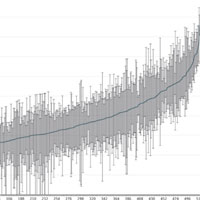
Parenteral Anticoagulation Not Associated with Reduced Risk of Ischemic Stroke Among Patients with Atrial Fibrillation During Sepsis
Among patients with Atrial Fibrillation (AF) during sepsis, parenteral anticoagulation was not associated with reduced risk of ischemic stroke and was associated with higher bleeding rates. Of 113,511 patients hospitalized... read more

Beyond Ventilator-induced Diaphragm Dysfunction
Respiratory muscles are essential to ensure the vital function of breathing. The diaphragm is a unique respiratory muscle, because it contracts throughout the individual's life span without resting, not even during sleep.... read more

Early Norepinephrine Has Potential for Septic Shock
Standard sepsis algorithms have suggested completing a fluid bolus before starting vasopressors in patients with septic shock, but multiple observational trials have shown an association between early vasopressor use and... read more
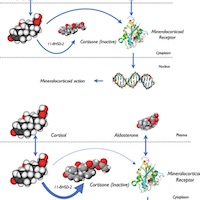
Adjunctive Corticosteroid Treatment in Septic Shock
Interest in the role of the adrenal cortex in the recovery from an infection dates back nearly 100 yr. More than six decades of research on the role of corticosteroid supplementation as an adjunctive treatment for sepsis... read more
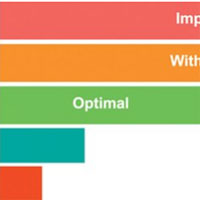
Effect of a Sepsis Educational Intervention on Hospital Stay
Adherence to a bundle strategy is low following an educational intervention. However, when patients are managed after instruction in guideline recommendations, hospital stay may be significantly reduced. The main cause... read more
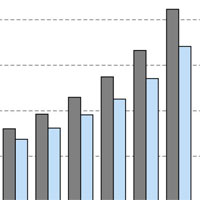
Implications of Heterogeneity of Treatment Effect for Reporting and Analysis of Randomized Trials in Critical Care
Randomized clinical trials (RCTs) are conducted to guide clinicians' selection of therapies for individual patients. Currently, RCTs in critical care often report an overall mean effect and selected individual subgroups.... read more
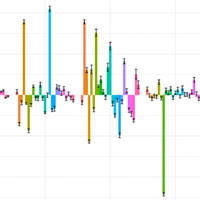
Identification of Subclasses of Sepsis that Showed Different Clinical Outcomes and Responses to Amount of Fluid Resuscitation
Sepsis is a heterogeneous disease and identification of its subclasses may facilitate and optimize clinical management. This study aimed to identify subclasses of sepsis and its responses to different amounts of fluid resuscitation.... read more

More Precise Sepsis Therapy with Distinct Clinical Phenotypes
In this retrospective analysis of data sets from patients with sepsis, 4 clinical phenotypes were identified that correlated with host-response patterns and clinical outcomes, and simulations suggested these phenotypes may... read more

Epidemiology of Sepsis and Septic Shock in Critical Care Units
A comparison between sepsis-2 and sepsis-3 populations using a national critical care database. In an ICU database, compared with Sepsis-2, Sepsis-3 identifies a similar sepsis population with 92% overlap and much smaller... read more

A Compression Method to Reduce Fluid Balance of Septic Shock Patients
This article presents a close look at the Corporeal Compression at the Onset of Septic shock (COCOONs). Fluid overload in septic intensive care unit (ICU) patients is common and strongly associated with poor outcome. There... read more
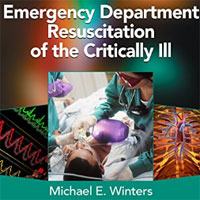
Emergency Department Resuscitation of the Critically Ill
A crash course in Critical Care! Stabilize, treat, and save your sickest patients in the ed or the field – with ACEP's ultimate resuscitation guide. packed with succinct evidence-based chapters written by the nation's foremost... read more

Sepsis Surveillance Using Adult Sepsis Events Simplified eSOFA Criteria Versus Sepsis-3 Sequential Organ Failure Assessment Criteria
Sepsis-3 defines organ dysfunction as an increase in the Sequential Organ Failure Assessment score by greater than or equal to 2 points. However, some Sequential Organ Failure Assessment score components are not routinely... read more
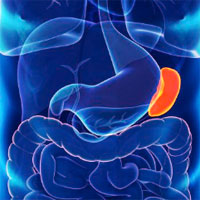
The Spleen: The Forgotten Organ in AKI of Critical Illness
Acute kidney injury (AKI) is an increasing medical burden and is independently associated with mortality. AKI is a common comorbidity in the intensive care unit (ICU), with sepsis-associated AKI seen in almost a quarter of... read more

Risk of Sepsis and Mortality Among Patients with COPD Treated With Angiotensin-Converting Enzyme Inhibitors or Angiotensin Receptor Blockers
Angiotensin receptor blockers were associated with lower rates of sepsis and mortality than angiotensin-converting enzyme inhibitors in the patients with chronic obstructive pulmonary disease. The similar findings were also... read more








